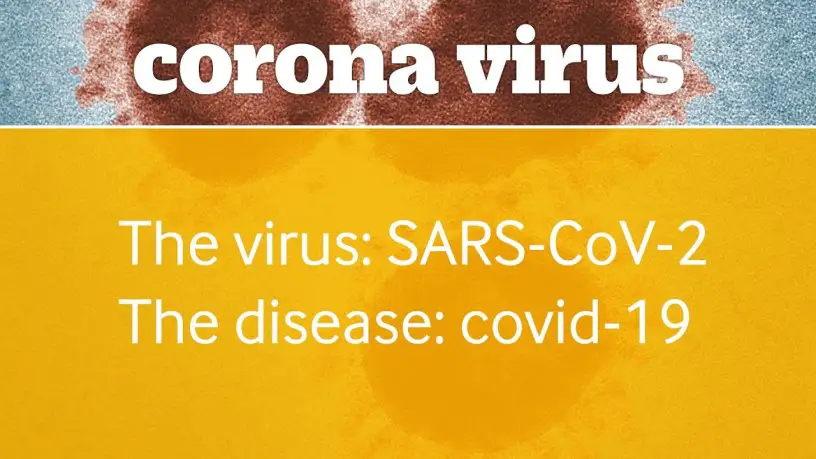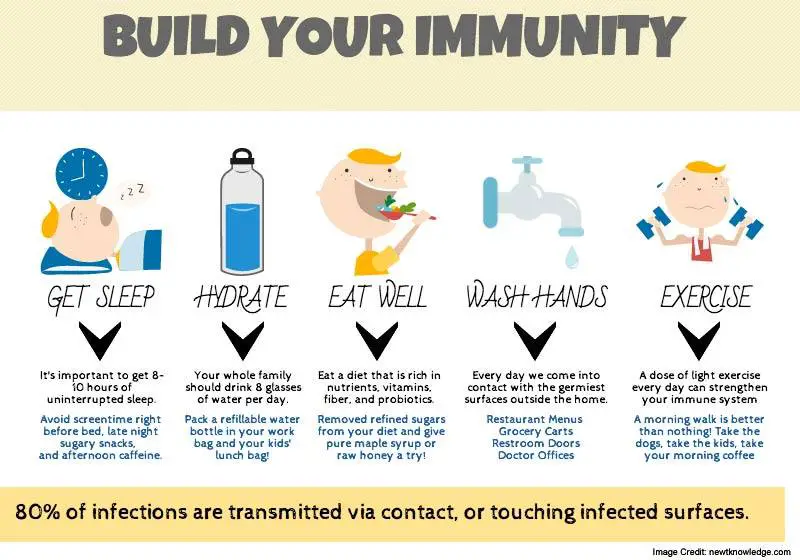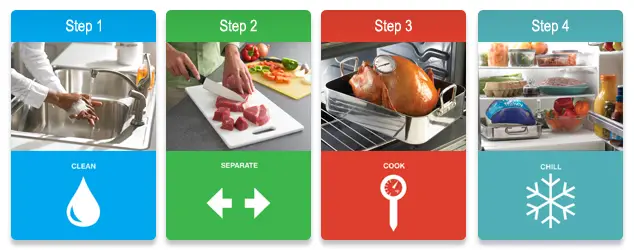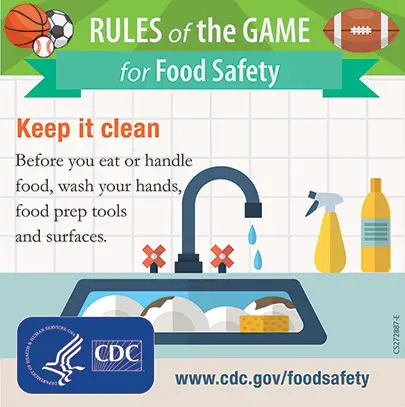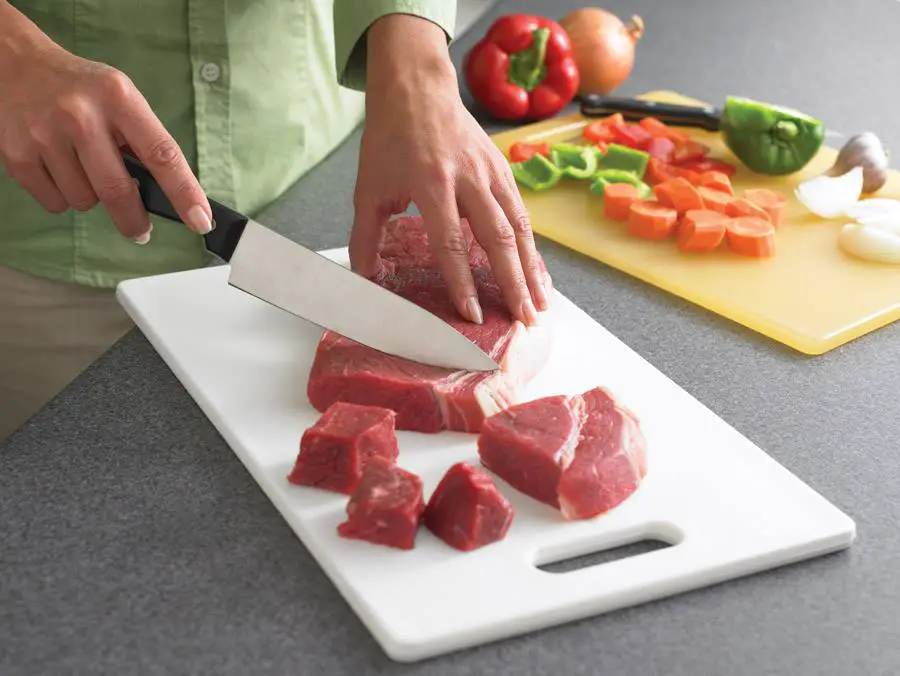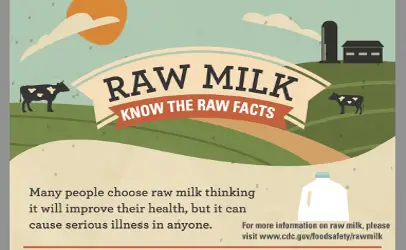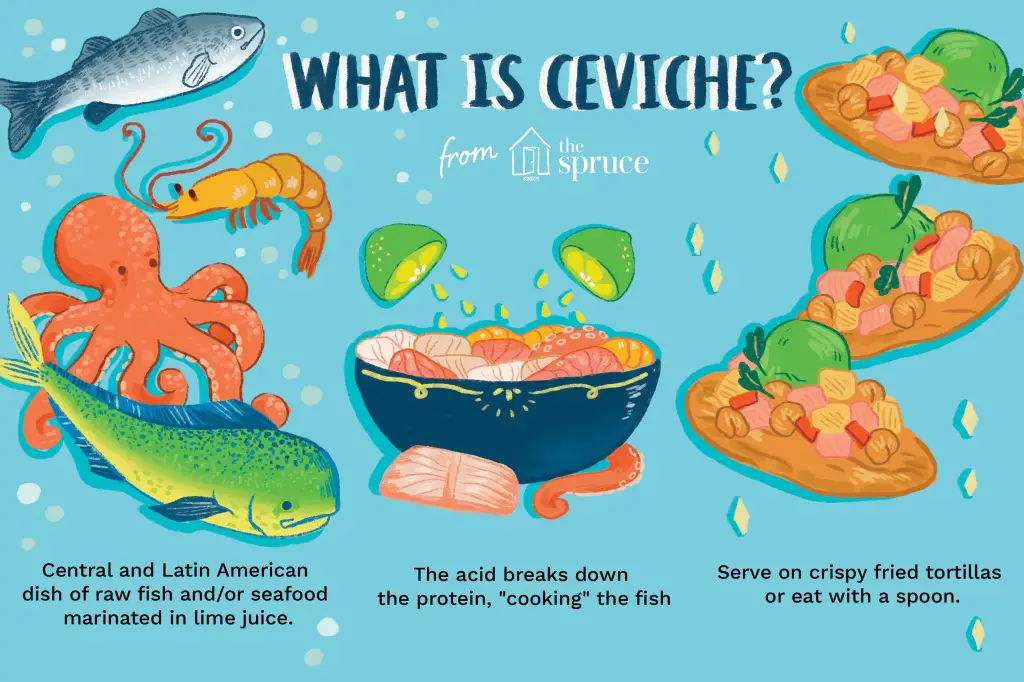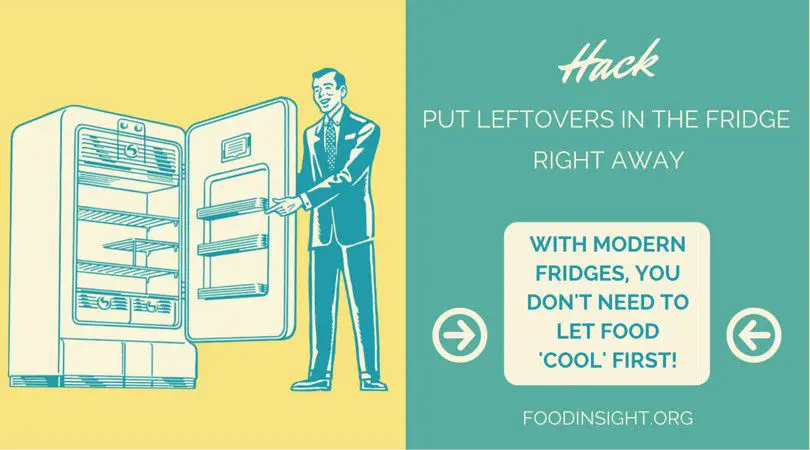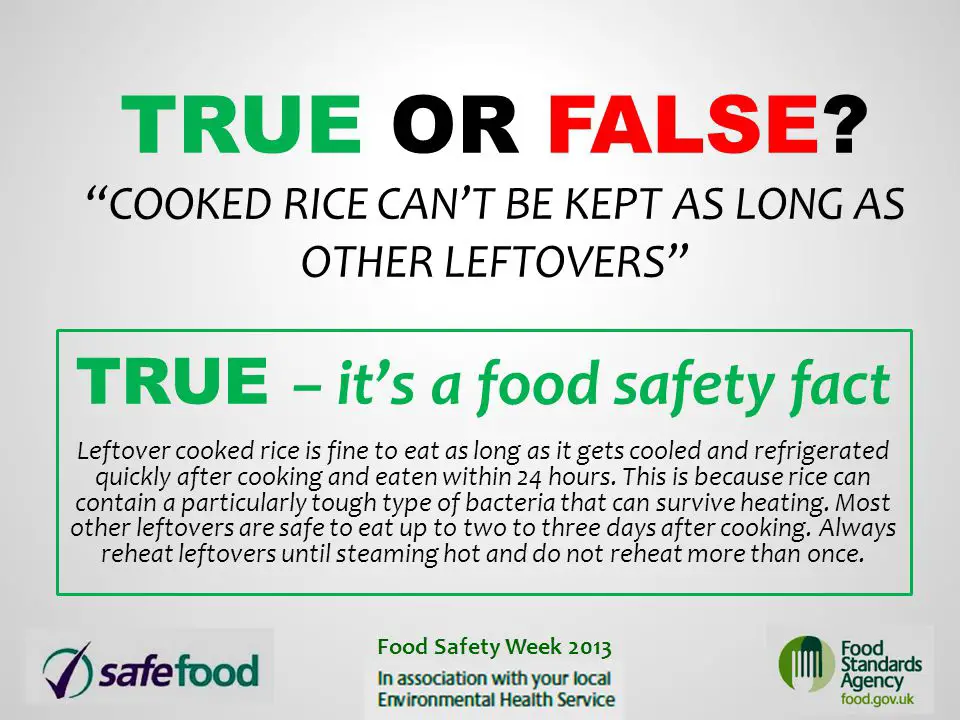With person-to-person transmission of SARS-CoV-2 now occurring in Australia, its time to think about how best to protect the health of all in Australia. This is not just a matter of personal health, this is a public health issue, one that may impact each and every one of us. We don’t know who will be impacted and we don’t know to what extent, so we must take care to protect all. Keeping ourselves well and being hygienic are key elements of what we can do. Keeping ourselves well means we are fighting fit and strong, which implies a strong, robust and effective immune system through better lifestyle choices (Figure 1), and better food safety choices. This way, our immune system has all its resources and strength to respond to SARS-CoV-2, should it invade our body. Considering the frequency at which foodborne disease occurs in the community, now is really the time to be extra vigilant and extra hygienic – nothing should be considered too extreme when public health is at stake. Therefore, what can we do to maximise the chances of a fully functioning immune system?
The United States Department of Agriculture have a catchy and effective food safety campaign for domestic food handling – clean, separate, cook, chill (Figure 2). This is just as good as any reminder about how best to be safe with food in the home. Not only to ensure we don’t get ill with foodborne disease, and therefore waste our immune system fighting off a foodborne pathogen rather than SARS-CoV-2, but also because we just don’t know the full story regarding transmission of SARS-CoV-2 … foodborne transmission might just be possible, in the home or indeed in a food service setting. Think about it – an asymptomatic, careless or thoughtless food handler infected with SARS-CoV-2 might just breathe on your meal. Might the virus survive long enough for you to ingest it? It’s certainly possible. Anyway, back to clean, separate, cook, chill, and therefore what you can do in the home to protect yourself from ‘market to mouth’, the part of the agrifood supply chain that consumers have control over.
CLEAN – Ensure everything in your kitchen is clean (Figure 3). Your hands, food contact surfaces and food itself. It isn’t unusual for the normal flora of our hands to include Staphylococcus aureus, a bacterium that typically causes an intoxication style of foodborne disease. However, just by being out of the home we touch countless surfaces, any of which could harbour an infectious microorganism. Thus, wash your hands and wash them properly, paying attention to the areas in between the fingers, folds of the skin and under fingernails. Food contact surfaces need to be disinfected – bench tops, sinks, chopping boards, plates. Then, there is the food itself. Meat, especially poultry and fish is almost always contaminated with foodborne pathogenic bacteria – Camplyobacter and Salmonella on poultry and Vibrio on fish. Therefore, rinsing these meats will eliminate some of the infectious bacteria. Fresh produce can also harbour pathogenic microorganisms, especially those that are grown and harvested directly from the soil. Clean these particularly well – Listeria monocytogenes contamination of such vegetables has been known to occur. A very important point to note, when cleaning food during the preparation stage, do so in a way that water and water droplets potentially containing the infectious microorganisms are not splashed and sprayed around the food preparation area. I can’t stress this enough. Do your cleaning with a gentle stream of water and slow, gentle handling procedures.
SEPARATE – Meat and vegetables (Figure 4), raw and cooked, separation is vital. Meat is more likely to be contaminated with infectious pathogenic microorganisms compared to vegetables, and one of the main advantages of cooking is to eliminate infectious pathogenic microorganisms from food. Therefore, if meat and vegetables or raw and cooked food touch each other or cross contamination occurs on a food contact surface, then that is bad news. From a practical perspective, this could mean having separate chopping boards for different food types or different plates and cooking utensils for the same food, one for the raw food and one for the cooked food.
COOK – Heat is probably the best way to eliminate pathogenic microorganisms from food. It is certainly the easiest, because all one has to do is cook food to the required temperature, and you’re done. However, how do you know if you’ve got to that temperature? this is particularly critical for meat, where the outside may look or actually be cooked, by the inside, deep inside can still be raw (Figure 5). Therefore, thermometers are essential in this regard, to measure the internal temperature of roast meats for example, where the centre of the food is many centimetres from the surface. Undercooked food That is meant to be eaten cooked) is a health hazard, as is raw food. Put simply, don’t do it.
Do not eat/drink;
i) Raw or undercooked eggs,
ii) Raw or undercooked meat, which means only ordering your steak ‘well done’.
iii) Raw milk! (Figure 6)
Don’t be fooled into thinking that lemon juice or some other acidic treatment can “cook” your raw fish or other raw meat – it doesn’t, you’re still eating it raw (Figure 7).
CHILL – In food safety, the temperature danger zone is between 5 °C and 60 °C. This means keep hot foods hot (i.e. above 60 °C) and keep cold foods cold (i.e. below 5 °C). In the temperature danger zone, perishable or high-risk food can only be in the temperature danger zone for a total of four hours. At the four hour mark, throw it out. If you’re going to store food under refrigeration, then cool it promptly, which means getting it into the fridge promptly (Figure 8) and if you have a large amount of food to chill, then divide it up into smaller containers so that it cools faster. Some examples of what not to do;
i) Do not bring meat or rice (Figure 9) for lunch and keep it at room temperature from morning to lunch time, this exceeds the four hours the food is in the temperature danger zone.
ii) Do not thaw meat at room temperature or in water during the day from morning to dinner time, this exceeds the four hours the food is in the temperature danger zone.
iii) Do not forget to promptly refrigerate leftovers and leave them at room temperature overnight, this exceeds the four hours the food is in the temperature danger zone.
Observe these straight-forward food safety guidelines to keep you and your loved ones safe. It’s easy to do and means that you are more likely to save your immune system to fight off SARS-Cov-2!

